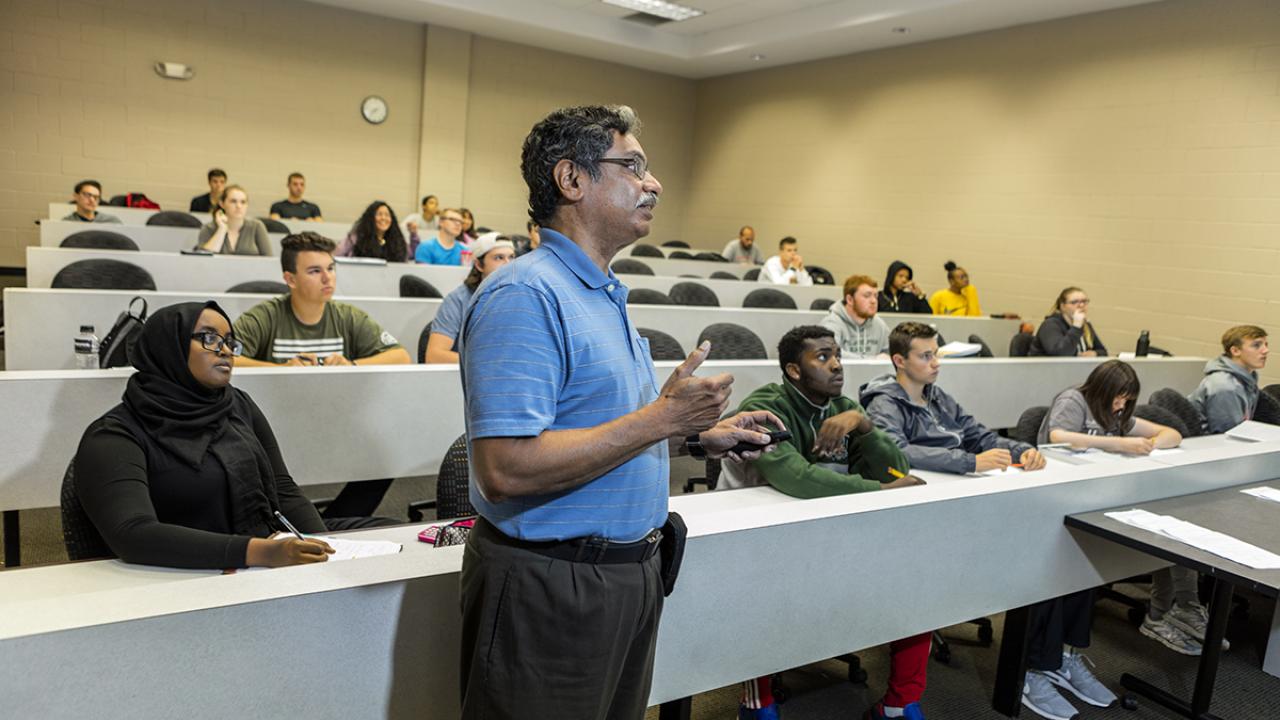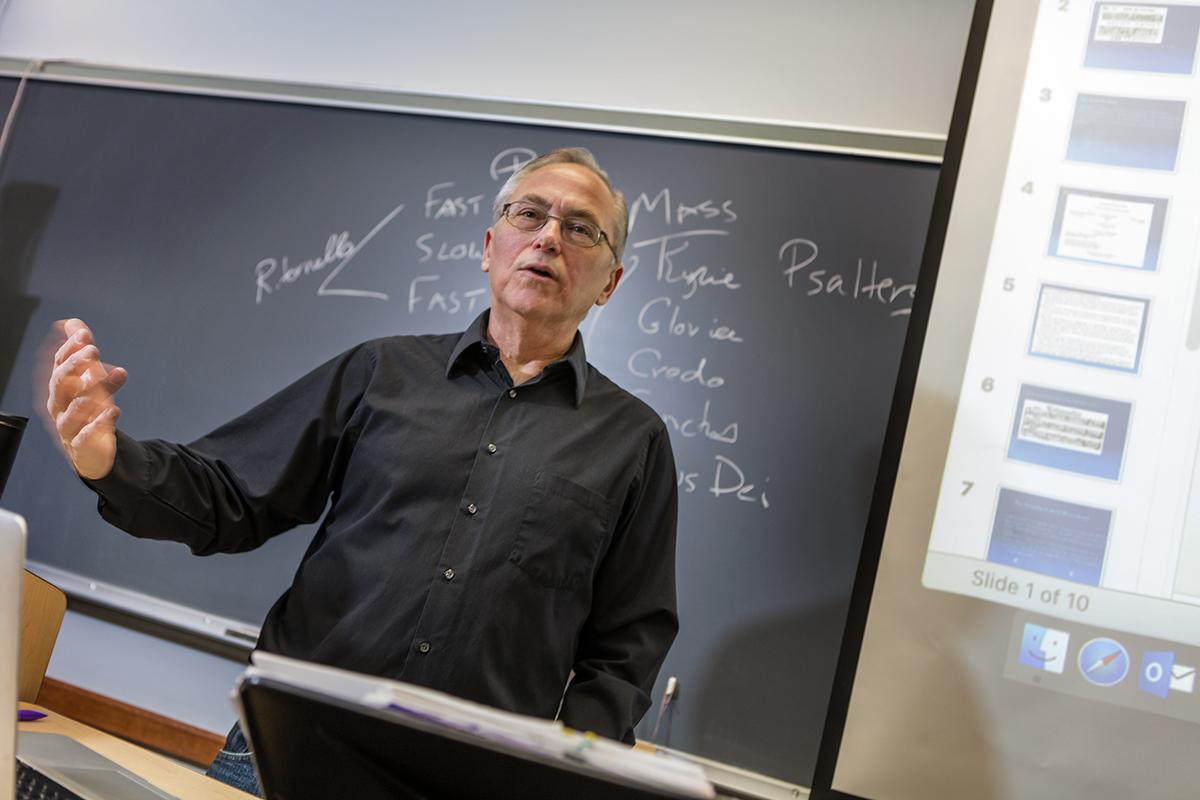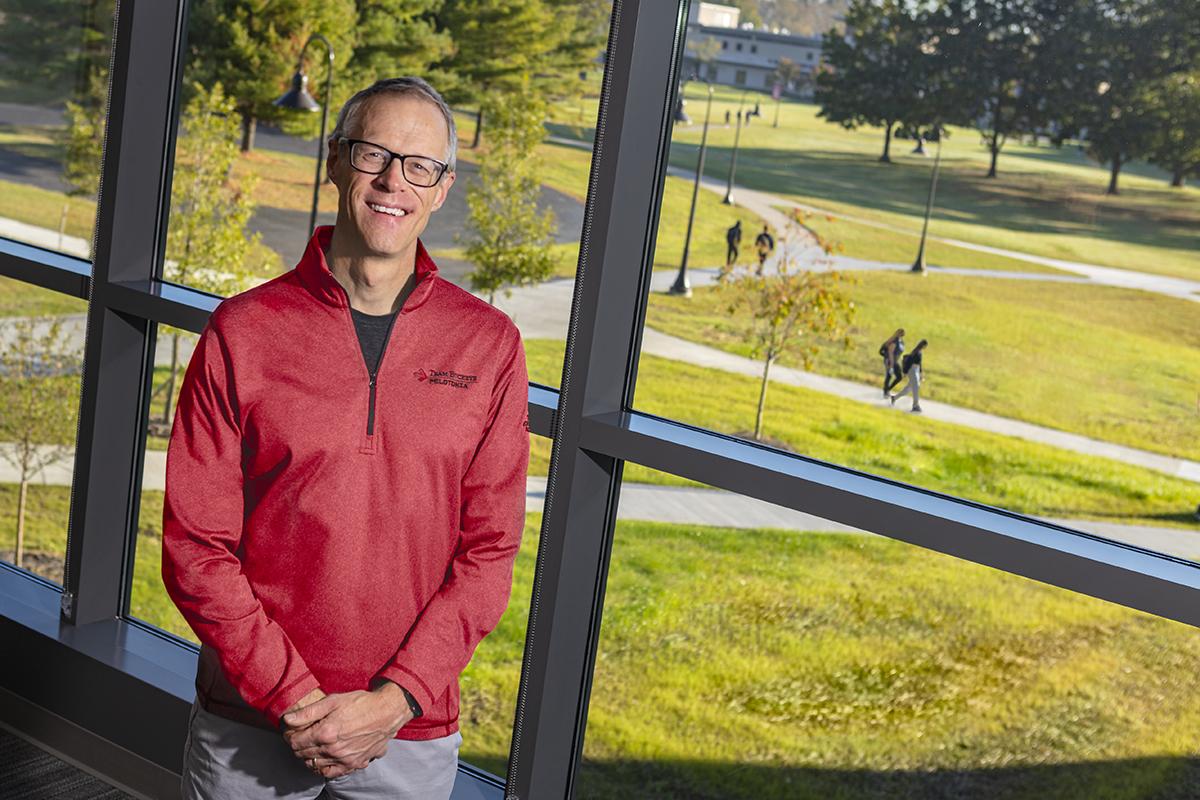Vidhyanath Rao: Life by the Numbers
Vidhyanath Rao received his PhD from Case Western Reserve in 1981. He has served Ohio Newark for the past 40 years, currently as associate professor of mathematics. He likes teaching at the Newark campus especially because of the small classes and interaction with students. “And I have greater freedom to experiment with different approaches to teaching here,” he says. Rao’s courses center mostly on calculus.
His research focuses on topology, homotopy and K Theory. These related esoteric branches of mathematics have been put to practical uses such as studying the structure of the universe and designing the London Underground. Homotopy has to do with classifying geometric regions by studying paths. K-Theory (not the hip-hop group by that name) is a very technical field involving “vector bundles.”
Rao explains, “If you are studying shapes drawn on, say, a rubber sheet that can be stretched or shrunk, differently in different directions, such concepts as distance and angles do not make sense. Topology tries to find concepts that still make sense. The idea is to find ways of changing equations to simpler ones without changing the shape too much, like changing ovals to circles. Actually, that is what got me interested in topology in my youth.” He says his research became much more esoteric by the time he got his PhD. As for his calculus courses, “Students in my classes expect to end up in the various STEM fields or business-oriented careers.”


